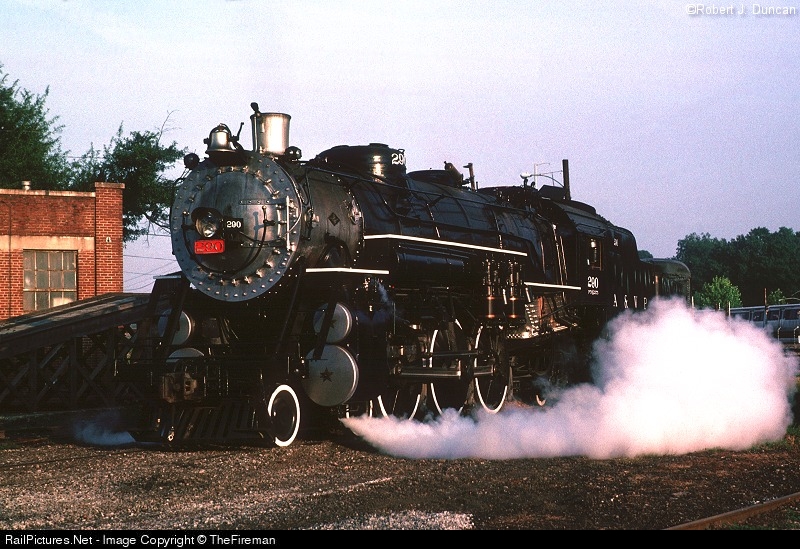In continuing with the goal of removing everything from the boiler shell to prepare for an eventual blast with baking soda, we removed a steam pipe carrying a "signal" that actuates cylinder cocks. A valve in the engineer's side of the cab raises steam pressure in this pipe which actuates valves at the bottoms of the main cylinders at the front of the locomotive that permit condensation and steam to blow out when the locomotive starts. This is why steam engines seem to start in a cloud of steam.

This required removing two unions coupling a network of steel pipes. I tried without luck during a previous visit to wrench them apart. Yesterday, we used a "rosebud" oxy-acetylene torch to heat the union coupling to dull cherry red then quenched it with a cup of water. The first coupling I tried this on came loose readily and after one revolution with the wrench [and plenty of time to cool], I removed it the rest of the way with torque applied by [gloved] hand.
The second union would not budge in spite of this treatment. Between heatings, I hit it with a hammer but it remained fast. Consequently, we used a cutting torch which emits a jet of oxygen gas through a flame and oxidizes steel. A short segment of pipe was cut between the union and a T-coupling thus freeing the main pipe along the boiler.
With unions apart, the cylinder cock pipe would come loose with the removal of a single bracket fastened to the boiler shell via a threaded stud. Unfortunately, the nut holding the bracket was corroded and could not be made to turn without heat. After heating to cherry red, a wrench with torque magnified by a breaker bar [steel pipe] eventually made some progress. Or we thought it was progress. After about half a revolution the nut fell off revealing we had literally torqued the 1/2" stud apart and never moved the nut. One more thing to fix on the boiler...
I manned the portable crane and we pulled the pipes off the boiler then applied a set of labels so they can be replaced or new copies made.
To reach the top of the boiler, the next step was to replace air cylinder brackets. These are large castings [weighing probably 50 or 60 pounds each] that suspend two large air cylinders along the locomotive, one on each side, and support running boards.

Again, I manned the crane lifting the castings up to the boiler while Dale aligned them with 1.5" diameter threaded studs. These studs were placed in the boiler from within when it was built and cannot be easily replaced without potentially compromising the boiler's integrity [not to mention incurring a laborious and detailed inspection]. The first bracket went on without much trouble but we discovered it was mis-labeled and didn't sit flush with the boiler shell. The next bracket didn't slide onto the studs at all, and we discovered the reason was due to the forward stud bent up and forward. The studs needed to be parallel for the bracket to slide on, and this clearly wouldn't do.
To straighten it, Dale fitted a large 12' steel pipe over the stud, and I climbed up on a scaffold. The plan was for me to bend the stud using the pipe as a lever. Doing this proved problematic; the pipe was not adequately stiff, and all force I applied deformed the pipe like a spring. I had visions of losing my grip and the pipe springing back; the last thing I would see is a 2.5" steel pipe swinging back to hit me in the face...
We abandoned this idea pretty quickly. When Dale attached a nut to the end of the stud and hit it with a sledgehammer without any success, he decided heat was the only solution. Again, the rosebud torch came out and in no time, the base of the stud was glowing cherry red. Each gentle stroke of the sledgehammer moved the end of it by about 1/4", and in no time we had straightened it.
Both brackets slid on without difficulty after this, and now we'll be able to add running boards and access the top of the boiler. Progress!
No comments:
Post a Comment